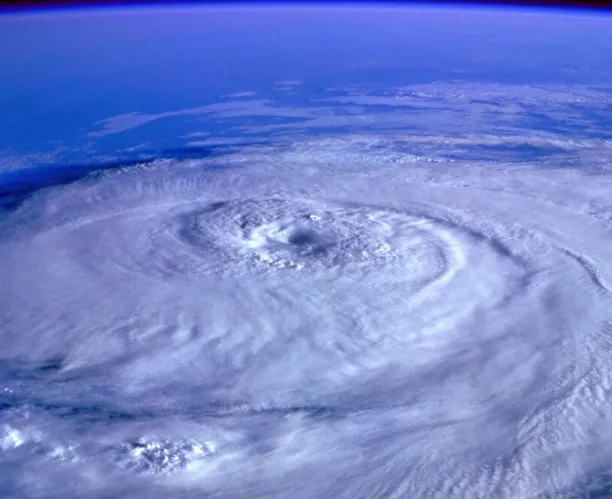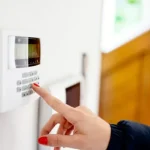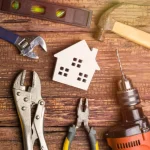When a hurricane is just a day and a half away, the clock is ticking. At this point, forecasts are more certain, warnings may be issued, and your focus should shift to last-minute safety measures rather than big projects. The goal now is simple: protect your home, keep your family safe, and be ready to ride out the storm.
What Should Already Be Done Before the 36-Hour Mark
By the time the storm is this close, most major tasks should be behind you. Ideally, you’ve already:
- Reviewed your homeowners and flood insurance coverage.
- Created a digital or cloud-based inventory of your belongings.
- Stocked emergency supplies: water, nonperishable food, pet needs, cash, first-aid items, flashlights, and batteries.
- Packed a go-bag with essentials like ID, medicine, chargers, and spare clothing.
- Installed or tested storm shutters.
- Trimmed tree branches and cleared gutters.
- Fully charged electronics and backup power banks.
- Safeguarded important documents in waterproof storage or uploaded them digitally.
- Filled your car’s gas tank and secured propane tanks.
- Made ice or stored water in your freezer to keep food cold if the power fails.
- Checked smoke and carbon monoxide detectors.
- Talked through your family’s emergency plan.
If these preparations aren’t complete, focus on them right away—but avoid starting new large-scale projects this close to landfall.
Final Steps Within 36 Hours of a Hurricane
Once you’ve handled the big items, turn your attention to quick but crucial tasks.
Securing Your Home
- Close storm shutters or panels early; don’t wait until winds strengthen.
- Bring in outdoor furniture, plants, garbage bins, and yard tools.
- Drain a small amount of water from your pool to prevent overflow, then cover and shut off the pump.
- Lower your fridge and freezer to the coldest settings, and keep doors closed once the power is out.
- Place a thermometer inside the fridge and freezer so you can track food safety.
- Fill bathtubs or large containers with water for washing or flushing.
- Shut interior doors to reduce wind pressure inside the home.
- Draw curtains or blinds to reduce the risk of flying glass.
- Unplug unnecessary appliances and double-check that your stove and oven are off.
Electronics & Lighting
- Charge any remaining devices and backup batteries.
- Keep flashlights, headlamps, and lanterns within easy reach.
- Bring in solar garden lights to use indoors at night.
Create a Safe Room
Choose a windowless, interior space such as a closet or bathroom. Stock it with essentials—water, snacks, flashlights, chargers, medication, and a first-aid kit—so you have a secure place if conditions worsen.
Daylight Tasks to Finish Early
If the storm is due overnight, complete outdoor chores before sunset:
- Install shutters or panels if you haven’t yet.
- Move outdoor items inside.
- Double-check gutters and drains.
- Take photos of your home’s current condition for potential insurance claims.
Vehicle Safety
- Park inside a garage if possible, unless flooding is expected.
- For electric or hybrid vehicles, move them to higher ground—exposure to saltwater can trigger fires even days later.
- Keep all vehicles away from trees, poles, and power lines, and set parking brakes.
Stay Informed
Staying connected is just as important as physical preparation. Download emergency apps, enable local alerts, and follow your county’s emergency management updates. Even if the power goes out, these resources can keep you informed about evacuation orders, shelter openings, and storm progress.
The Takeaway
At 36 hours out, the window for major projects has closed. What matters most now is securing what you have, finishing last-minute safety checks, and ensuring your family is ready. Careful preparation can make a stressful situation more manageable and help you weather the storm with greater confidence.











